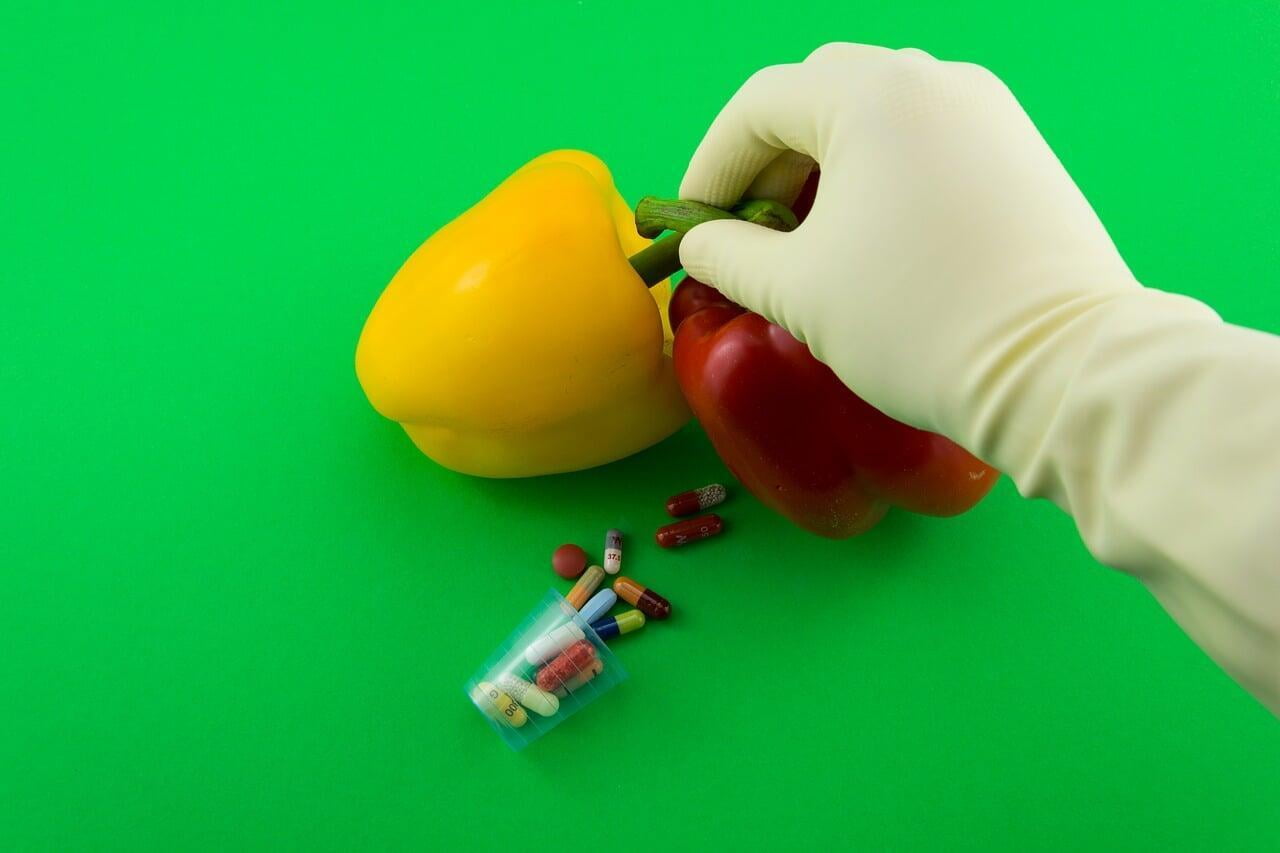Origin of GMO Foods
The very first GMO crop to be sold commercially was "Flavr Savr tomato" from California in 1994. This was a late-ripening variety that improved upon tomato's perishability. However, the high cost of production and lower yields failed this crop. The vast scale adoption of GMO crops started in 1996 in the US, China, Argentina, Canada, Australia, and Mexico.
Why do we need genetically modified crops?
With the day to day changing lifestyle, increasing population, increasing food demand, changing environment, etc., the need for genetically modified crops is rising. Consider this
- Farmers who grow crops on a large scale for commercial use cannot get rid of pests and insects easily, so they end up using a lot of harmful pesticides that eventually enter our food. In this case, GMO could address these problems and also significantly increase the product yield. For example, Bt cotton did solve this problem for some farmers for a while.
- In Bt cotton, Bt stands for 'Bacillus thuringiensis.' It is a species of bacteria that has been used as an organic form of pest control for many decades. This particular form of bacteria usually exists in the soil, and it makes different types of proteins that act as insecticides. It targets mosquitoes, black flies, caterpillars, moths, and beetles. Despite acting as natural pest control for all these insects, it is harmless to humans.
- However, recently, pink bollworm pests have developed resistance to Bt toxins, and thus farmers have started resorting to using pesticides again even while growing Bt Cotton.
- Plants can be modified to be resistant to bacterial, fungal, or viral infestations, for example, bananas are modified to resist (Black Sigatoka) fungus, which can reduce banana yield by up to 70%.
- By bringing in genetic modification, plants can tolerate various environmental stress like drought, heat, frost, salty soil, etc. for example, a new trait has been introduced in rice (salumpikit rice), which can survive prolonged water stress.
- The most critical part is to get improved nutritional value. Crops can be modified to contain nutrients that are lacking in the diet. Golden rice, for example, is amended to have an enhanced level of vitamin A.
- GMO crops are chemical-free and hence good for the environment. They have a longer shelf life, provide a stable and efficient way to sustain enough crops to feed the ever-growing population of people in the world. And the best part is that they are affordable. Since the yield is more, the prices can be lower.
The process of genetic modification
Downsides of using genetically modified crops
- Cross-contamination: Plants that have resistance to herbicides can lead to the development of "superweeds." GMO plants can cross-pollinate with grass growing around them, passing on to them the same resistance property as the crops.
- Some GMOs are modified to contain antibiotic traits to make them immune to certain diseases. Once consumed and left in the body, they can make other antibiotics less effective.
- Since GMOs are a relatively new concept, there has been little testing and research done on their long-term effects. This makes its use for human consumption a risky proposition.
Usage of GMOs in present scenario
- Till now, more than a score of plants have been genetically modified and approved for commercial release. The majority of them are tolerant of herbicides or insects and pests resistant, for example, soybean, cotton, maize, potato, cotton, brinjal, etc.
- Bt cotton is the first crop to be approved for commercial use in India. This lead to a more than 75% increase in cotton-growing areas as many farmers switched to growing GMO cotton. The production also increased from 150 lakh bales to 270 lakh bales. The yield shot up from 300 kg per hectare to 500 kg per hectare, making India the second-largest cotton producer. Off lately, the pests have started to develop resistance to genetically modified varieties too. In the last year's incidence of pesticide-related death of 20+ farmers in Yavatmal district in India, the crop on which they had to use the pesticides was Bt Cotton.
- GMOs can increase productivity in agriculture. According to PG Economics, from 1996 to 2015, GMO crops are estimated to have contributed to additional global production of 357.7 million tons of maize, 180.3 million tons of soybeans, 25.2 million tons of cotton, and 10.6 million tons of canola. GM crops have contributed to higher yields, e.g., 30 percent more in some farming areas, and can contribute to poverty reduction and food security in developing countries.
Our View
Though GMO technology sounds promising, establishing enough safety measures, and understanding the long-term impact of GMO food on human health, will take considerable time and on-field experience.
Stay Informed. Stay Safe!
